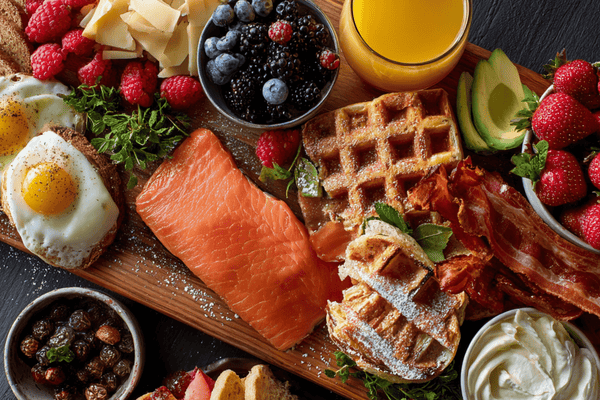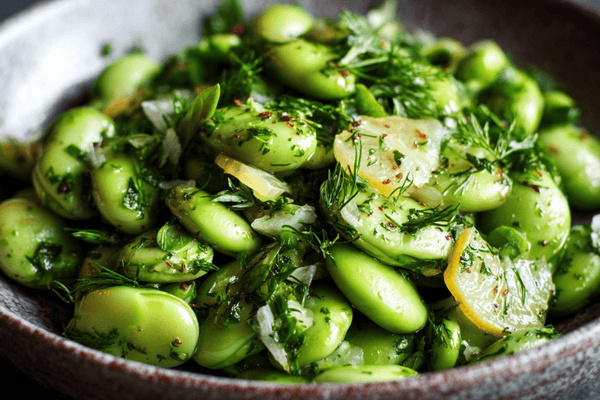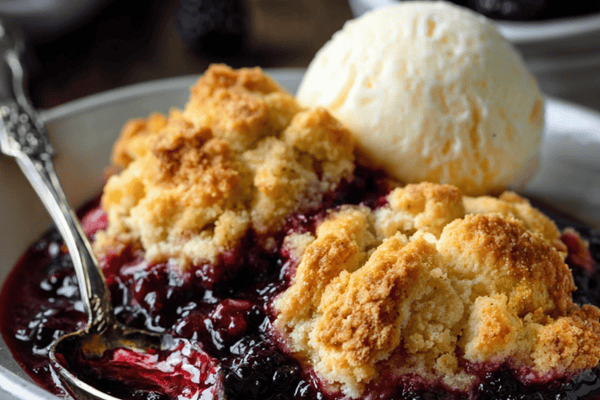
When cooking the perfect steak, the reverse sear method has gained immense popularity among home cooks and professional chefs alike. This technique offers a unique approach to achieving a tender, evenly cooked steak with a beautifully seared crust. By reversing the traditional order of cooking, the reverse sear method allows for precise temperature control and optimal flavor development. In this article, we delve into the world of reverse sear steak, providing all the information you need to master this culinary art.
Table of content
What is Reverse Sear Steak?
Reverse sear steak is a cooking technique that involves slowly and gently heating the steak before searing it at high heat. The process is the opposite of the traditional sear-then-roast method. The steak is gradually cooked to the desired internal temperature by starting with low and indirect heat. Once the steak reaches the ideal temperature, it is seared at high heat to develop a flavorful crust outside. This method ensures the steak is cooked evenly from edge to edge, resulting in a tender and juicy steak with a beautiful sear.
The Reverse Sear Process: Step-by-Step Guide
To achieve the perfect reverse sear steak, follow these simple steps:
Step 1: Choose the Right Cut of Steak

Selecting the right cut of steak is crucial for a successful reverse sear. Opt for thicker cuts, such as ribeye, striploin, or tenderloin, as they allow for better temperature control and even cooking.
Step 2: Season the Steak
Before cooking, generously season the steak with salt and pepper or your preferred seasoning blend. This helps enhance the flavors of the meat and forms a delicious crust during the searing process.
Step 3: Preheat the Oven
Preheat your oven to a low temperature, typically around 275°F (135°C). This low heat setting allows for gentle cooking, ensuring the steak is evenly cooked.
Step 4: Slow Cook the Steak
Place the seasoned steak on a wire rack set on a baking sheet. Insert a meat thermometer into the thickest part of the steak. Slowly cook the steak in the preheated oven until it reaches the desired internal temperature. Aim for an internal temperature of 130°F (54°C) for a medium-rare steak. This slow cooking process helps to distribute heat evenly and ensures a tender and juicy steak.
Step 5: Rest the Steak
Once the steak reaches the desired temperature, take it out of the oven and let it rest for a few minutes. This resting period allows the juices to redistribute within the meat, resulting in a more flavorful and succulent steak.
Step 6: Sear the Steak

After the resting period, it's time to sear the steak. Heat a cast-iron skillet or grill pan over high heat. Add a small amount of oil with a high smoke point, such as canola or grapeseed oil, to the pan. Carefully place the steak in the hot pan and sear each side for about a minute until a crust forms. Baste the steak with melted butter and aromatics like garlic and thyme for additional flavor.
Step 7: Let it Rest Again
Remove the steak from the pan and let it rest for a few minutes before slicing. This second resting period allows the juices to settle within the meat, resulting in a tender and flavorful steak.
The Advantages of Reverse Searing
Reverse searing offers several advantages over traditional cooking methods. Here are a few benefits of this technique:
- Even Doneness: The reverse sear method ensures even cooking throughout the steak, resulting in a perfectly cooked piece of meat from edge to edge.
- Precise Temperature Control: By starting with low heat in the oven, you have better control over the steak's internal temperature, reducing the risk of overcooking.
- Enhanced Flavor: The slow cooking process allows the flavors to develop more deeply within the meat, resulting in a more robust and flavorful steak.
- Beautifully Seared Crust: Searing the steak at high heat after slow cooking creates a delectable crust that adds texture and enhances the overall presentation.
FAQ
Q: What cuts of steak are best for reverse searing?
A: Thicker cuts, such as ribeye, striploin, or tenderloin, work best for reverse searing as they allow for better temperature control and even cooking.
Q: Do I need a meat thermometer to reverse sear a steak?
A: While not mandatory, a meat thermometer is highly recommended to ensure precise cooking and achieve your desired level of doneness.
Q: Can I reverse sear a steak on a grill?
A: Absolutely! The reverse sear method can be adapted for grilling. Start by slowly cooking the steak on an indirect heat zone, then move it to a hot zone for searing.
Q: How long should I rest the steak before and after searing?
A: It is recommended to rest the steak for about 10 minutes before searing and another 5-10 minutes after searing to allow the juices to redistribute.
Q: Can I season the steak before slow cooking?
A: Seasoning the steak before slow cooking allows the flavors to penetrate the meat and enhances the overall taste.
Q: What internal temperature should I aim for when reverse searing a steak?
A: The internal temperature depends on your preferred level of doneness. For medium-rare, aim for around 130°F (54°C).
Conclusion
The reverse sear method is a game-changer when cooking the perfect steak. By slow cooking the steak before searing, you achieve an even cook, tender texture and a flavorful crust. Remember to choose the right cut of steak, season it generously, and follow the step-by-step guide for a delectable dining experience. Whether you're a seasoned chef or an aspiring home cook, mastering the art of reverse sear steak will undoubtedly elevate your culinary skills and impress your guests. So, fire up your oven or grill, grab your favorite cut of steak, and indulge in the incredible flavors of a perfectly reverse-seared steak.



